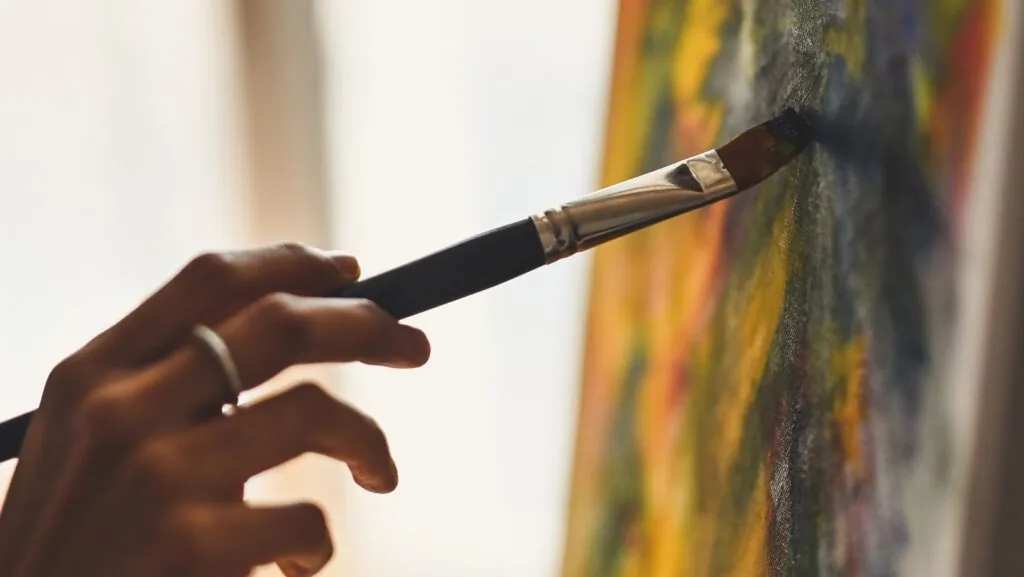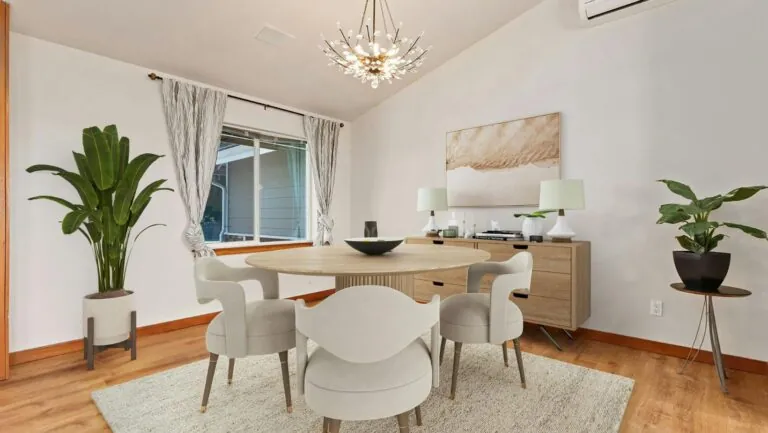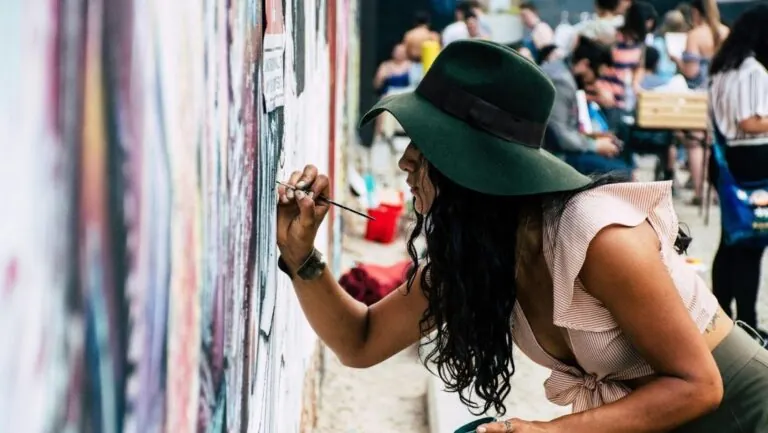Art is no longer just on the walls of the gallery. It’s expanding in kitchens, breaking out on walls in living rooms, and erupting from untrained hands that have never experienced a proper studio. Every day, people are discovering that art isn’t perfection; it’s expression. It’s saying something with your hands when your voice can’t quite speak it. This movement toward individual, significant creativity has taken root deeply and widely. It’s not a phase or a fad. It’s a paradigm shift in the way we engage with beauty, memory, and emotion. What was elitist before feels within reach now. Art is personal ownership. Here, we explore why and how more people are creating purposeful art at home—what motivates them, how they’re doing it, and the surprising ways it’s transforming our relationship with creativity.
Table of Contents
ToggleThe Shift — Why Personal Art Is on the Rise
Increasingly, more people are moving toward creativity as a part of daily life, not an aside. They’re not looking for institutionally sanctioned approbations or credentials. They’re taking out pencils, paint, and kits because something handmade is what feels like it should be done. It’s intimate, soothing, and real. This shift isn’t only about appearance—it’s reflective of more profound emotional and cultural tides. People are eager to share their stories and connect with the place they call home. Making art accomplishes that. Here’s what’s behind the shift.
1. Art as Emotional Grounding
During difficult times, art is an unconscious resistance. Instead of doomscrolling or tuning out, people are drawing, painting, and sculpting. It gives one a sense of control and calm.
- It slows the pace of overstimulated lives
- It gives focus in an era of distraction
- It binds action and emotion together in an instant way
2. Ease of Tools and Materials
Creating art used to mean investing in supplies and lessons. Now it starts with a click. DIY portrait kits are one example—affordable, easy to use, and widely available. They help people get started without feeling overwhelmed.
- Pre-drawn canvas or patterns reduce the fear of failure
- Kits come complete with tools, so there is no checklist of equipment to purchase
- Most have step-by-step steps or online video instructions
3. Redefining the Artist
The idea that artists are some kind of special, elite class is disintegrating. Folks are reclaiming their identity for themselves. There’s pride in handcrafting something. It’s not about what everybody else thinks. It’s about what the process is to the creator.
The Process — How People Make Meaningful Art at Home
Art-making isn’t the domain of schools or studios. It’s happening at kitchen tables, on floors in apartments, in the stolen moments of an evening. The methodology varies but the intention is the same: to make something that means something. The destination is not always putting it on the wall or online. Occasionally, the only audience is the artist. These are the ways in which people are making art more personal.
1. Various Media, One Intent
All from acrylic to embroidery to collage is being employed. What matters is the message in the work—not the medium.
- Watercolour: Utilized frequently for its subtlety and lack of controllability
- Ink and line drawing: Clean, precise, meditative
- Embroidery or textile work: Time-consuming and tactile, usually traditional
Mixed media collage: Dependent on merging textures, photographs, and found objects to tell stories that are layered
2. Portraiture as Personal Archive
Portraits are imbued with feeling. Portraits capture memory and convey identity. Even without art training, individuals are painting portraits of their family, pets, or themselves.
- Holds relationships and moments of importance
- Allows artists to discover how they perceive themselves or someone else
- More about emotion than precision
3. Letting Go of Perfection
What nearly all home artists have in common is a shift of mindset. The process is greater than the product. It’s not a matter of perfect technique, but of communication.
- Mistakes are part of the process
- Style evolves naturally through experimentation and repetition
- There’s liberty in not aiming for “good,” but for “honest”
4. The Role of Routine
For others, making art is part of an everyday or weekly practice. It becomes a centering ritual.
- Helps to mark time and slow down the day
- Creates a quiet space for reflection and thinking
- Becomes a personal habit or tradition
The Effect — What This Does to Art, Culture, and Connection
As individuals increasingly create and share personal artwork, what we term “art” itself is changing. It’s no longer just in galleries or for critique. It’s in walls, on fridges, as presents, and on feeds.

This change is redefining the way we value creativity—less about talent, more about truth. It’s casting its ripples beyond culture, home life, and social bonding. This is how things are changing.
1. Everyday Spaces as Galleries
Homes are becoming places that are meticulously curated with meaning. Art is not just decoration—it’s a representation of what and whom matters.
- Handmade pieces take the place where bland wall prints once hung
- Art from loved ones or friends means more
- Kids’ paintings, personal doodles, and portraits proudly hang on walls in frames
2. Gifts That Matter More
Personal art is a favorite gift option. A portrait, a hand-drawn card, or a memory collage, it’s more personal than something off a store shelf.
- Reminds the receiver, “I made this for you.”
- Can celebrate major life events (losses, birthdays, successes)
- More enduring and intimate
3. Reconnection Through Creativity
Art is a way of reconnecting—back to self, back to others, back to memory. It’s often the beginning of communication that wouldn’t happen otherwise.
- Sharing art opens emotional doors
- Joint projects deepen the relationship (e.g., family collages)
- Seeing one’s own art can start reflection or healing
4. A Cultural Shift in Value
Talent no longer holds the gate. Value now lies in a piece’s sincerity, not its technical skill. That’s a strong shift.
- Promotes experimentation and inclusiveness
- Reduces the pressure of meeting outside expectations
- Promotes community and confidence
Conclusion
Art is no longer something to look at. It’s something people are doing—sometimes with no agenda whatsoever, really, except for truth and connection. The more people are able to find comfort and make sense through creativity, the larger “art” gets. It becomes personal, flawed, and deeply meaningful. That’s its charm. The frame is no longer a limit. It’s an invitation.




